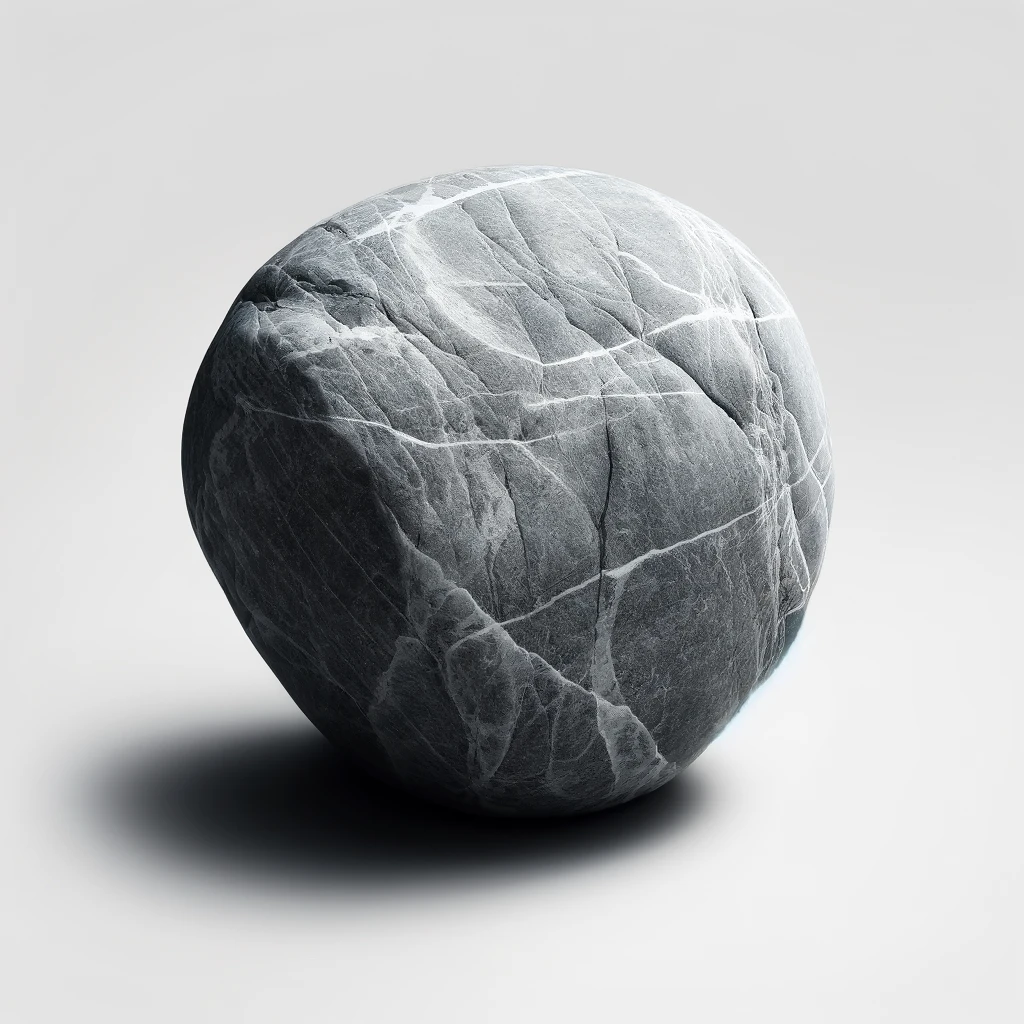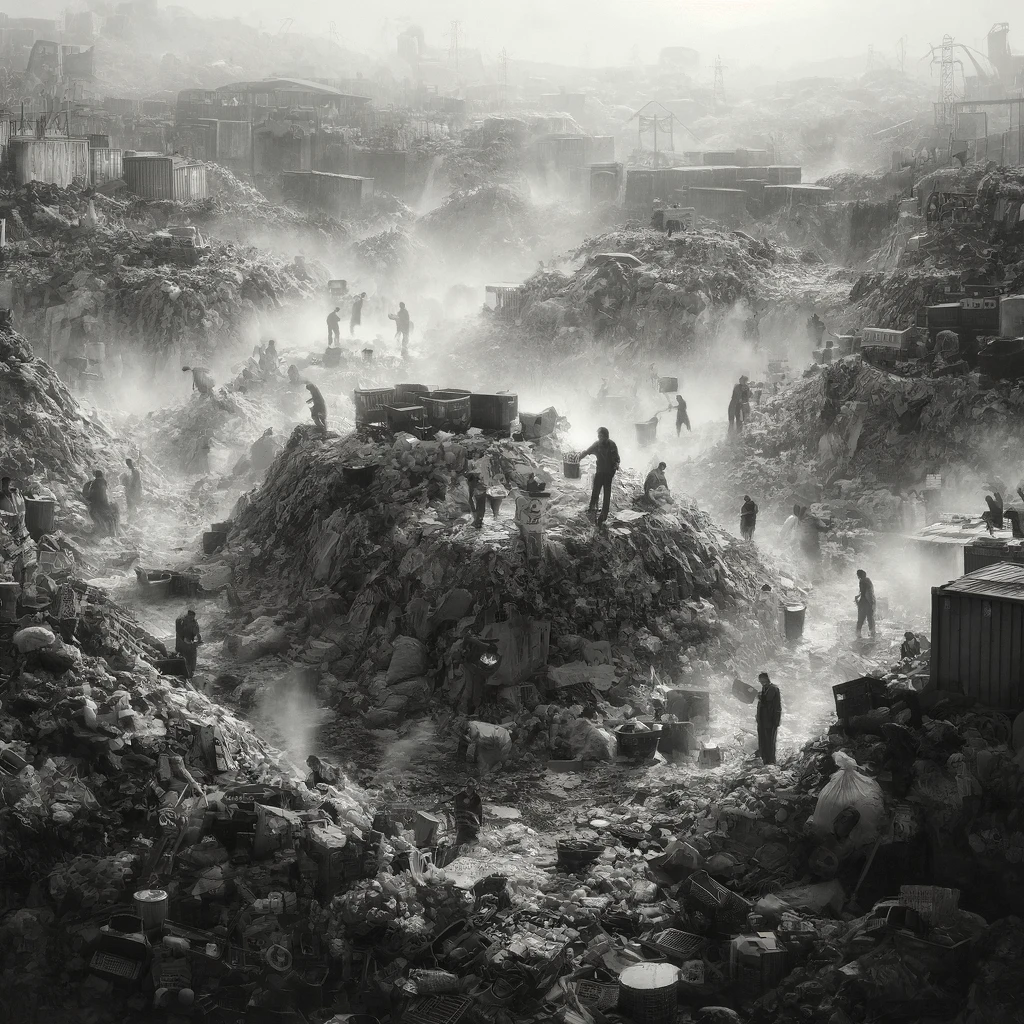Schedule for English 238 (F 2024):
Critical Infrastructure Studies
Class 1 (Oct. 1, 2024) — Introduction: Thinging

Readings
- Please read the following before the first class of the course:
- Alan Liu, Urszula Pawlicka-Deger, and James Smithies, “‘Object of Study’: Digital Humanities and Critical Infrastructure Studies” (manuscript for Introduction to Critical Infrastructure Studies and Digital Humanities forthcoming). Read only pp. 1-8

- Jan Zalasiewicz, et al., “Scale and Diversity of the Physical Technosphere: A Geological Perspective” (2017)

- Bill Brown, “Thing Theory” (2001)

- Jane Bennett, “The Force of Things: Steps toward an Ecology of Matter” (2004)

- Bruno Latour, “From Realpolitik to Dingpolitik, or How to Make Things Public” (download “Catalogue Text, English”) (2005) Read only first 4 pages.

Related Materials (not required)
CIstudies.org Bibliography: Object and thing studies | Affordance theory
Class 2 (Oct. 8, 2024) — Ethnographic Approaches

Readings
- Susan Leigh Star, “The Ethnography of Infrastructure (1999)

- Geoffrey C. Bowker and Susan Leigh Star, “Building Information Infrastructures for Social Worlds: The Role of Classifications and Standards” (1998)

Related Materials (not required)
CIstudies.org Bibliography: Ethnographical approaches
Class 3 (Oct. 15, 2024) — Science Technology Studies (STS) and History of Technology (HOT) Approaches (including ANT theory)

Readings
- Thomas P. Hughes, Networks of Power: Electrification in Western Society, 1880-1930 (1983) (Read the introduction)

- Bruno Latour, “On Technical Mediation—Philosophy, Sociology, Genealogy” (1994)

Related Materials (not required)
CIstudies.org Bibliography: STS approaches
Class 4 (Oct. 22, 2024) — Media Infrastructure Approaches

Readings
- Lisa Parks, “‘Stuff You Can Kick’: Toward a Theory of Media Infrastructures” (2015)
 (alternative link for downloadable PDF)
(alternative link for downloadable PDF) - Lisa Parks, “Earth Observation and Signal Territories: Studying U.S. Broadcast Infrastructure through Historical Network Maps, Google Earth, and Fieldwork” (2013)

- Nicole Starosielski, “Fixed Flow: Undersea Cables as Media Infrastructure” (2015), pp. 53-70 in Signal Traffic, ed. Lisa Parks and Nicole Starosielski

- Benjamin H. Bratton, The Stack: On Software and Sovereignty (2016), pp. 41-72.

- Concentrate on the sections numbered 10 (“How Platforms Work”), 11 (“Stack as Model”), 14 (“The Stack We Have”), and 15 (“The Layers of The Stack”)
- For a brief gloss on Bratton and a compact description of the Internet stack he in part discusses (“TCP/IP stack”), see Alan Liu, “Toward a Diversity Stack: Digital Humanities and Diversity as Technical Problem” (2020), pp. 133-135
- Optional:
Related Materials (not required)
CIstudies.org Bibliography: Media infrastructures
Class 5 (Oct. 29, 2024) — Digital Humanities Approaches

Readings
- Sheila Anderson, “What Are Research Infrastructures?” (2013) (read pp. 4-11 and 18 of article)
 (Pre-print version if article is inaccessible; read pp. 1-5 and 10-11 of the pre-print)
(Pre-print version if article is inaccessible; read pp. 1-5 and 10-11 of the pre-print) - Alan Liu, Urszula Pawlicka-Deger, and James Smithies, “‘Object of Study’: Digital Humanities and Critical Infrastructure Studies” (manuscript for Introduction to Critical Infrastructure Studies and Digital Humanities forthcoming). Read pp. 8-15

- Kim Gallon, “Making a Case for the Black Digital Humanities” (2016)
- Jessica Marie Johnson, “Markup Bodies: Black [Life] Studies and Slavery [Death] Studies at the Digital Crossroads” (2018)

- Alan Liu, “Toward a Diversity Stack: Digital Humanities and Diversity as Technical Problem” (2020)

- Because an important issue in thinking about DH and infrastructure is the nature of “archives,” please also read in preparation this work in the field of archival history and theory: Luciana Duranti, “Archives as a Place” (1996).

- Optionally: you may also look at the following two works on the idea of respect des fonds:
Related Materials (not required)
Compare related approaches, including platform studies and media archaeology. Example readings:
- Ian Bogost and Nick Montfort, “Platform Studies: Frequently Questioned Answers” (2009)
- Friedrich Kittler, “There Is No Software” (1997)

See also CIstudies.org Bibliography: Digital humanities
Class 6 (Nov. 5, 2024) — [Interim Reports on “Starter Kits” and Other Assignments]
This class will be devoted to interim reports and discussion of the “Starter Kits for Infrastructure Studies” assignment (readings and exhibits assembled by students on infrastructure studies in relation to particular fields or topics). Students will also report on progress toward their research blog posts (or planning for the alternative essay assignment). These “interim reports” can be informal, but students are welcome to prepare materials to show in advance (e.g., documents, online resources, slide shows). A convenient way for everyone to show things in class will be to share screens over Zoom.
Readings
- Example of a “Starter Kit”: Event page for the Romanticism and Critical Infrastructure Studies Seminar at NASSR 2018 (browse the page)
Class 7 (Nov. 12, 2024) — Intersectional Approaches: Race, Gender, Decolonial

Readings
- First Things First: Water, Sewers, Roads…. Browse the following three articles quickly to get a sense of some of the basic parameters of the [infra]structural racism problem:
- Adrienne R. Brown, The Black Skyscraper: Architecture and the Perception of Race (2019) – Read the following only:
- “Introduction: Race in Three Dimensions”
- Chap. 2, “Architecture and the Visual Fate of Whiteness” (pp. 35-43 only)
- Ara Wilson, “The Infrastructure of Intimacy” (2016)
- Jonas van der Straeten and Ute Hasenöhrl, “Connecting the Empire: New Research Perspectives on Infrastructures and the Environment in the (Post)Colonial World” (2016)
Related Materials (not required)
See also CIstudies.org Bibliography: Social justice | Race & ethnicity | Postcolonial & colonial | Borders & migration | Feminist | Disability & accessibility
Class 8 (Nov. 19, 2024) — “Repair” and “Waste” Approaches

Readings
- Steven J. Jackson. “Rethinking Repair” (2014)

- Jérôme Denis and David Pontille, “Material Ordering and the Care of Things” (2014)
- Thomas Fisher, “Fracture Critical” (2009)
- Michael Ezban, “The Trash Heap of History” (2012)
(Note: Places Journal has a pop-up alert about cookies that makes its articles unusable in iOS Safari if you have “block cookies” turned on.)
- Michelle Ty, “Trash and the Ends of Infrastructure” (2015)
Related Materials (not required)
CIstudies.org Bibliography: Waste, Garbage, Sewage | Disaster | Labor & work
Class 9 (Nov. 26, 2024) — The Poetry of Infrastructure

Readings
- Muriel Rukeyser, The Book of the Dead (1938).
See also background on:
Related Materials (not required)
Additional resources on The Book of the Dead:
See also primary and secondary works in the following categories of the CIstudies.org Bibliography: Poetry | Fiction | Art and aesthetics | Photography
Class 10 (Dec. 3, 2024) — Student Presentations
Presentations of “Starter Kits”
In presenting their “starter kits,” students should give an overview but also focus on one or two highlights.
A Note About Access to Reading Materials For This Course
All readings are online. Paywalled articles can be accessed over the UCSB network (or from off-campus by using the campus Pulse VPN service or the campus Library Proxy Server. You can also try to find open-access versions of paywalled materials using the Unpaywall extension for the Chrome or Firefox browsers. (Advice: It is a good idea to download materials as early as possible in case, for example, PDFs that are currently available open-access, on the open net, or through a UCSB Library digital database subscription later become inaccessible.)
Because so many readings are online (an increasingly prevalent trend in college courses), students will need to develop a method or workflow for themselves that optimizes their ability to study the materials. While everyone has their own personal preferences and technical constraints, the following guide includes suggested options for handling online materials:
